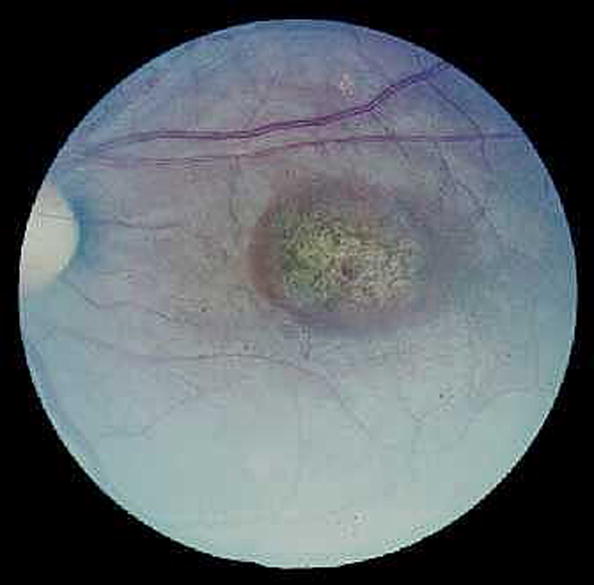
A study of medical record databases has found that there appears to be an association between taking a drug commonly used to treat Parkinson's disease and a reduced risk or a delayed start of an eye condition called age-related macular degeneration (AMD). Taking L-DOPA may either protect against or prevent macular degeneration, which is a leading cause of vision loss in the United States.
As many as 1.8 million Americans have macular degeneration, a condition in which the macula, the center of the retina that sees fine detail, starts to deteriorate. As AMD progresses, the center of the field of vision becomes increasingly blurred, making it difficult to read, recognize people, or drive. There are two forms of AMD, dry and wet, and a person with AMD can go from having the dry form to the wet form, which progresses faster. Darker-colored eyes, which are known to be less at risk for developing AMD, are more likely to have higher levels of L-DOPA. The researchers wanted to find out if people who take L-DOPA may also be protected from AMD.
Researchers analyzed data from three very large groups of patients and compared the incidence of AMD in patients who had been prescribed L-DOPA and those who had not taken the drug. They first analyzed medical records from about 37,000 patients from the Marshfield Clinic, a large healthcare system in Wisconsin that has two hospitals and more than 50 clinics. They found that patients who received L-DOPA were significantly less likely to develop AMD, and if they did develop the condition, it was delayed by an average of 8 years.
The researchers then analyzed data from a much larger set of medical records that included information on about 87 million patients around the world. In this analysis, they found that taking L-DOPA also delayed or prevented AMD from progressing from the dry to the wet form.
This is a retrospective study and shows an association between taking L-DOPA and a reduced risk or delayed onset of AMD, but not a cause and effect relationship.
The study was published in The American Journal of Medicine.
